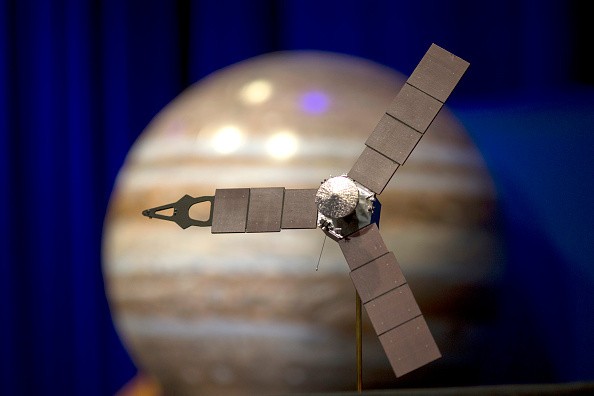NASA (National Aeronautics and Space Administration) is currently working on a new system that will help it address and mitigate the current rising climate change.
The space agency's new Earth System Observatory can provide key information.

This data will help efforts made by independent companies and government organizations to address climate change. These include natural disasters, such as forest fires and tsunamis.
Aside from these, the new Earth System Observatory will also improve real-time agricultural processes.
To give you more idea, here's how NASA's new space system works.
NASA's New Earth System Observatory
The international space agency's innovation will allow new satellites to work together to create a 3D, holistic view of Earth. These complementary satellites will take images that show the Earth's 3D appearance from its atmosphere to its bedrock.

Also Read : NASA Hubble Discover 'Deep Space' Radio Signals, FRBs From Distant Galaxies Which Are Still Forming
"I've seen firsthand the impact of hurricanes made more intense and destructive by climate change, like Maria and Irma," said Bill Nelson, the space agency's administrator via NASA Gov's latest report.
"The Biden-Harris Administration's response to climate change matches the magnitude of the threat: a whole of government, all-hands-on-deck approach to meet this moment," he added.
On the other hand, Nelson also claimed that all the things that people know about Earth's climate change were provided by NASA's innovations, such as research labs and observatories.
And now, NASA's new Earth System Observatory is expected to expand its current works. This means that it can provide the world an unprecedented understanding of the planet's climate system.
On the other hand, researchers and other experts also claimed that NASA's new space system can provide next-generation data, which critical to mitigate and address climate change.
Earth System Observatory's Areas of Focus
Cision PR Newswire also reported the areas that NASA's new space system will focus on. Here are some of them that you should know:
- Surface change and deformation
- Aerosols
- Geology and surface biology
- Mass change
- Convection, cloud, and precipitation
For more news updates about NASA and its upcoming space technologies, always keep your tabs open here at TechTimes.
This article is owned by TechTimes
Written by: Griffin Davis
ⓒ 2025 TECHTIMES.com All rights reserved. Do not reproduce without permission.




